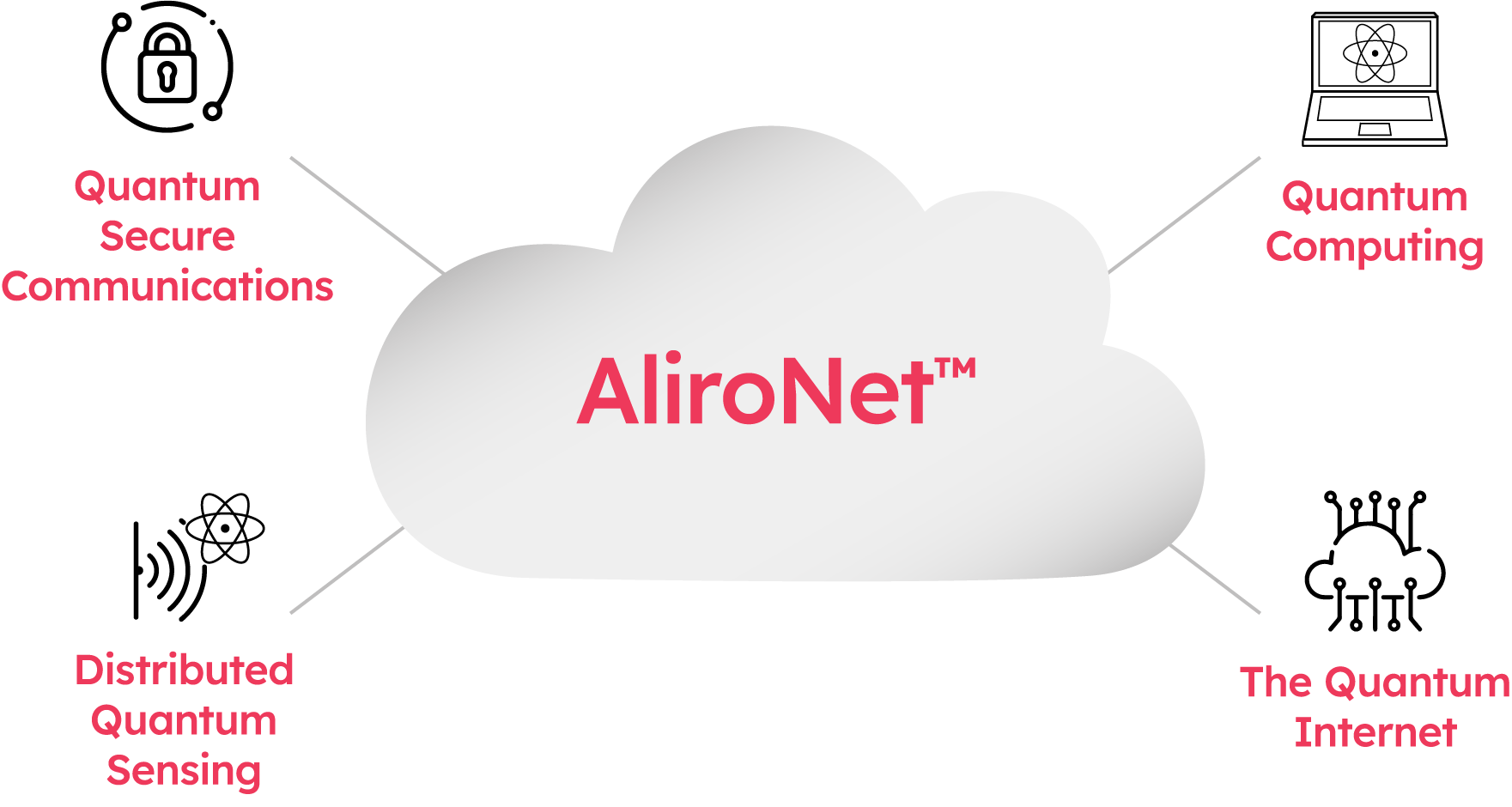Quantum-Safe Networking: Securing Future Communications


Quantum-Safe Networking Solutions for Future-Proof Communication
In an era dominated by rapid technological advancements, the need for secure communication has become paramount. Traditional encryption methods, while effective, face an imminent threat from quantum computing. As quantum computers continue to evolve, so does the urgency to develop quantum-safe networking solutions that can withstand the potential vulnerabilities posed by quantum attacks.
The Quantum Threat Landscape
The rise of quantum computing introduces a new dimension to cybersecurity. Unlike classical computers that rely on bits, quantum computers use qubits, allowing them to perform complex calculations exponentially faster. This unprecedented computing power poses a serious threat to current encryption algorithms, making it imperative to explore and implement quantum-safe alternatives.
Understanding Quantum-Safe Networking
Quantum-safe networking, also known as post-quantum cryptography, involves the use of cryptographic algorithms that remain secure even in the presence of quantum computers. The goal is to design encryption methods that can withstand the brute force capabilities of quantum algorithms, ensuring the confidentiality and integrity of sensitive information.
Key Components of Quantum-Safe Solutions
- Lattice-based Cryptography: One promising avenue for quantum-safe encryption is lattice-based cryptography. Lattices are mathematical structures that form the basis for creating cryptographic algorithms resistant to quantum attacks. Lattice-based cryptography is considered a strong candidate for securing future communication systems.
- Hash-Based Signatures: Another approach involves the use of hash-based digital signatures. These signatures rely on the properties of hash functions, making them resilient against quantum attacks. As quantum computers pose a threat to traditional signature schemes, hash-based signatures offer a robust alternative.
- Code-Based Cryptography: Code-based cryptographic techniques leverage error-correcting codes to create secure encryption methods. These codes are believed to be resistant to quantum attacks, providing a viable solution for quantum-safe networking.
Integration Challenges and Solutions
While the development of quantum-safe solutions is promising, integrating them into existing network infrastructures poses challenges. Legacy systems may not seamlessly accommodate these advanced cryptographic algorithms. However, a gradual transition, alongside ongoing research and development, can pave the way for a quantum-safe future.
Quantum-Safe Networking in Action
To illustrate the practical application of quantum-safe networking solutions, consider a scenario where a financial institution seeks to enhance the security of its online transactions. By implementing lattice-based cryptography or other quantum-safe alternatives, the institution can safeguard sensitive financial data from potential quantum threats.
Quantum-Safe Networking Solutions: A Necessity
As the quantum threat looms on the horizon, the urgency to adopt quantum-safe networking solutions cannot be overstated. Organizations and individuals alike must stay ahead of the curve to ensure the confidentiality of their data. Embracing quantum-safe technologies is not merely a choice but a necessity in an increasingly interconnected and digitally-dependent world.
Quantum-Safe Networking Solutions at Activolaboral.com
For those keen on exploring and implementing quantum-safe networking solutions, Activolaboral.com offers a wealth of resources and insights. Visit Quantum-safe networking solutions to stay informed about the latest developments, best practices, and tools to secure your digital communications in the quantum era.
In conclusion, the journey towards quantum-safe networking is both a challenge and an imperative. As technology advances, so must our commitment to developing and adopting innovative solutions that can withstand the test of time, and more importantly, the power of quantum computing.






